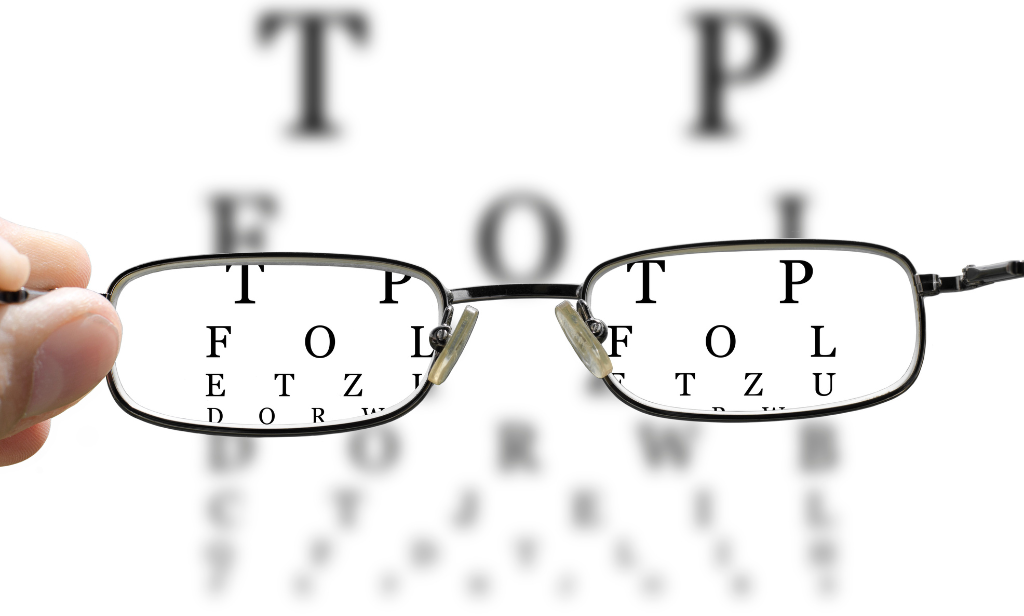
In the new normal, the whole educational system has been changed to some extent everywhere. Before the COVID-19 pandemic, all the schools from primary to secondary level used to focus on traditional face-to-face teaching-learning processes. But in the post-pandemic, almost all the schools, from rural to urban, from state boards to ICSE boards, from neighbourhood to international schools, from day schools to boarding schools, adopted the online teaching-learning tools for curriculum transaction.
From the last census to now, the population increased manifolds. Hence, there is a need for trained teachers has been realized massively across the nation. In addition, after B.Ed., passionate teachers became reflective and humane teachers who are in tremendous demand to meet the needs of young aspiring minds. B.Ed. degree provides the opportunity to transform the intellects into thoughtful teachers.
Are you qualified to be a teacher and hold the B.Ed. degree? If yes, then here are your alternatives to lead your professional career after a B.Ed. in Kolkata or anywhere else.
Let’s talk about the options in the professional career after B.Ed.
B.Ed. programme is an undergraduate course anyone can do after graduation in their various disciplines. Basically, it is a pre-service teacher training programme for becoming secondary school teachers approved by the National Council for Teacher Education (NCTE). Though, some states also allow B.Ed. as an essential qualification in the recruitment of primary school teachers.
The scope of B.Ed. is trending everywhere as few state governments merged Basic Training Certificate (BTC) with B.Ed. Hence, aspiring teachers are pursuing B.Ed. because of increased opportunities in the teaching field. For example, after B.Ed., one can be eligible for a teacher at the primary, upper primary, and secondary school levels. Apart from this, B.Ed. degree holders may flourish their careers as academic counsellors, educational administrators, educational researchers, content writers, and entrepreneurs.
If any B.Ed. degree holder wants to pursue their career further in teacher education; then they might have postgraduate and doctoral programmes. Here, some of the courses offered by the teacher training institutions/universities are given as follows:
Master of Education (M.Ed.) or Master of Arts (M.A.) in Education:
- If someone wants to make a career in further teacher education after B.Ed., then the available option is to move ahead with postgraduation like M.Ed. or M.A. in education. Students can be enrolled in these programmes offered by almost all the universities throughout the country. After completing M.Ed./M.A., students will be eligible for postgraduate teachers (PGT) in higher secondary schools and colleges. It is also helpful in becoming the Principal of Senior secondary schools. After M.Ed. or M.A. in education, one can appear in National Eligibility Test (NET) or State Level Eligibility Test (SLET), which is the minimum essential qualification for entry-level posts in teacher education. As per the NCTE and UGC norms, only NET qualified candidates will be screened out as eligible to become Assistant Professors in education.
Doctor of Philosophy (Ph.D.) in Education:
In continuation, after M.Ed. or M.A. in education, students can go for doctorate programmes available to touch the zenith in education and open up new avenues in their professional career. Generally, Ph.D. is considered a higher academic degree; however, after Ph.D. one can also pursue post-doctoralprogrammes and Doctor of Literature (D.Lit.)/Doctor of Science (D.Sc.). As per the National Education Policy (2020), Ph.D. will be mandatory for Assistant Professorship in higher education.
- Some of the lucrative job opportunities after B.Ed. under the government of India spectrum:
- Jawahar Navodaya Vidyalaya (JNV)
- Kendriya Vidyalaya (KV)
- Army Schools
- Kasturba Gandhi Balika Vidyalaya (KGBV)
- Eklavya Model Residential School (EMRS)
- Leading private international schools affiliated with CBSE, ICSE and other state-run boards:
- Dhirubhai Ambani International School
- Manav Rachna International School
- Doon School
- Scindia School
- Ecole Mondiale World School
- Woodstock School
- Mercedes Benz International School
During and after the COVID-19 pandemic, a considerable decrease was reported in the class size, which is alarming for school education. The situation required a reservoir of committed and trained teachers to restore normalcy. B.Ed. degree holders can be the game-changer in the post-pandemic era of teacher education. To sum up, with a B.Ed. degree on can become a Secondary School Teacher, Principal, Counselor, Home Tutor, Online Tutor, and Entrepreneur.










